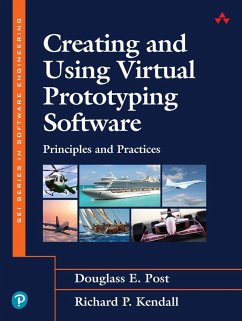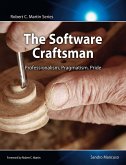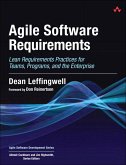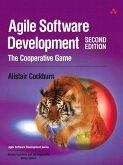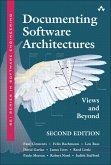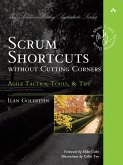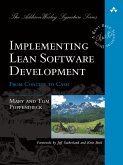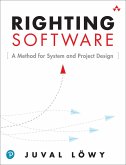Develop, Deploy, and Sustain High-Performance Virtual Prototyping for Advanced R&D
Organizations must reduce time-to-market, costs, and risks while producing higher-quality products that grow ever more complex. In response, many are turning to advanced software for rapidly creating and analyzing virtual prototypes, and accurately predicting the performance and behavior of the systems they represent. This requires a deep understanding of physics-based digital engineering and high-performance computing, as well as unique organizational and management skills. Now, Douglass Post and Richard Kendall bring together knowledge that engineers, scientists, developers, and managers will need to build, deploy, and sustain these specialized applications-including information previously available only in proprietary environments.
Post and Kendall illuminate key issues with a detailed book-length case study based on their work at the U.S. DoD's pioneering Computational Research and Engineering Acquisition Tools and Environments (CREATE) program, which developed eleven of the field's most advanced software tools.
You'll find a detailed roadmap for planning, organizing, managing, and navigating complex organizations to successful delivery; as well as detailed descriptions of each step in the process, with clear rationales and concrete examples. The authors share detailed references, a convenient glossary and bibliography, sidebars on overcoming real-world challenges, and more. The book reviews the essentials of computational engineering and science and the pivotal role of virtual prototyping. It helps readers to:
- Plan and manage the paradigm shift from physical to virtual prototyping
- Establish, execute, and evolve Agile processes for developing virtual prototyping software
- Understand and implement virtual prototyping tools and workflows
- Verify and validate prototyping systems to ensure accuracy and utility
- Recruit and retain a specialized workforce, and train and support users
- Explore additional emerging roles for virtual prototyping
Dieser Download kann aus rechtlichen Gründen nur mit Rechnungsadresse in A, B, BG, CY, CZ, D, DK, EW, E, FIN, F, GR, HR, H, IRL, I, LT, L, LR, M, NL, PL, P, R, S, SLO, SK ausgeliefert werden.

